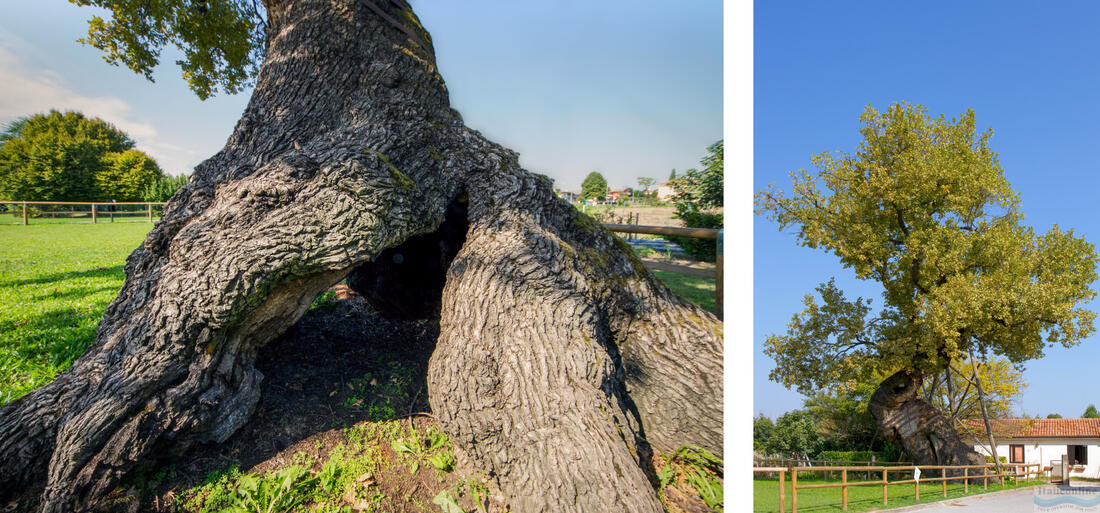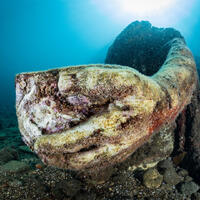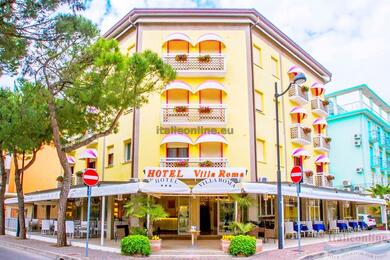Fossalta di Portogruaro is a small village located in the Veneto region of Italy. The history of Fossalta di Portogruaro dates back to antiquity.
One of the main attractions of Fossalta di Portogruaro is its historic centre with its narrow streets, traditional houses and several important monuments. These include the Church of San Tommaso, famous for its frescoes and artworks depicting biblical scenes and saints. The church is therefore not only the spiritual but also the cultural centre of the town, where various events and festivities are regularly held.
The 18th century Villa Sidran is also worth seeing, as is the parish church dedicated to San Zeno. San Zeno of Verona is the patron saint of Fossalto di Portogruaro and the locals commemorate his feast day on 12 April.
You will also be impressed by the chapel of St. Anthony, Sant'Antonio di Villanova (pictured above), in front of which stands a majestic oak tree. It is more than 500 years old and boasts record dimensions: over 16 metres high and with a trunk circumference (one metre above the ground) of more than 6 metres.

The gastronomy of the region is also worthy of attention. Typical dishes include various types of pasta, fish and seafood, which are prepared according to traditional recipes and served with local wines.fossalta boasts many wineries and wine cellars, among which the "Santa Margherita" stands out. The company was founded in 1935 when Count Gaetano Marzotto, the famous textile industrialist, bought an agricultural estate of more than 1,000 hectares from Count Stucca (including 140 vineyards) with the aim of combining agricultural and industrial production. Like Bata in Zlín, Count Marzotto built houses for workers, a kindergarten, a hotel, a park, two tennis courts, an ice rink, the Carabinieri barracks, a hospital and a textile school in Fossalta. The Marzotto family still owns Zignago Santa Margherita Industries, including a glassworks, a flax mill and a winery in Villanova.
Legends of Fossalta di Portogruaro
Fossalta di Portogruaro, like many other historic towns, is shrouded in many legends and stories that give the place a mystical air. Here are the most interesting ones.
The legend of Saint Thomas
One of the most famous legends is linked to the church of San Tommaso. According to local lore, a precious reliquary containing the relics of Saint Thomas was once kept here. This reliquary had magical properties and protected the town from enemies. When the town was under threat, the reliquary shone with a bright light that confused and deterred enemy soldiers. The locals believed that their city was under the protection of St. Thomas himself, and therefore they were not afraid to face any threats.
The story of the lost lover
Another romantic legend tells of a young couple who lived in Fossalta di Portogruaro in the Middle Ages. The young man was a brave knight who had to go to war. He swore to his beloved that he would return to her. The girl waited for her lover for years, but he never returned. Legend has it that her ghost still walks the streets of the city at night looking for her beloved. Locals often claim that on quiet nights they can hear her silent crying and whispering the name of her lost lover.
The legend of the mysterious underground
Fossalta di Portogruaro also has its own secret in the form of a legendary underground labyrinth that is said to be located beneath the town. According to old stories, these underground passages were built during the Middle Ages and served as shelter for the locals during wars and invasions. It is said that the labyrinth is full of traps and only those who know the secret signs can find their way out. Some of the daredevils who have tried to explore the underground have never returned, adding to the eeriness and mystery of the legend.
The legend of the miracle well
In Fossalta di Portogruaro there is also an ancient well that is said to have miraculous healing powers. According to legend, this well was blessed by a saint who passed through the town in times long past. The people of the area believe that the water from the well can cure diseases and bring health to those who drink it with faith. Pilgrimages are made to this well every year and many visitors come to taste its water and pray for healing.







